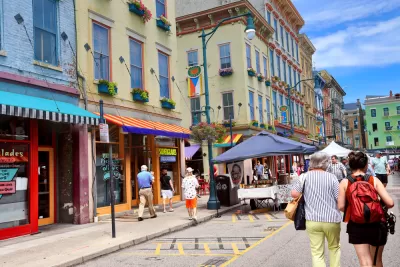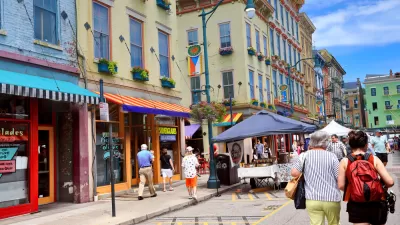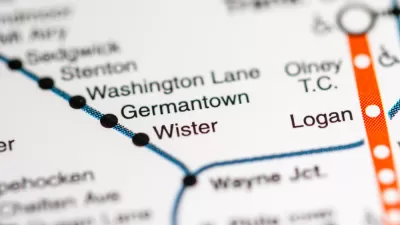The story is similar in Washington, D.C., Philadelphia, Los Angeles, Miami, Cincinnati, and Boston: scenes of widespread destruction—the fires, looting, and property damage of civil unrest—sow the seeds for redevelopment and gentrification.

Emily Badger and Quoctrung Bui report on a story familiar in cities around the United States, where "high-end development rises directly on top of Black neighborhoods that suffered the greatest damage during civil unrest decades ago."
"The sheer scale of harm to Black neighborhoods — from the conditions that led to unrest, from the buildings that burned then, from the years of neglect that followed — made it easier, when the time finally came years later, for developers and new businesses and residents to amass wealth," explain Badger and Bui.
"Many of these neighborhoods had bargain real estate, but also grand old housing stock, close to downtown, close to transit, with built-in commercial corridors. They also had vacant land and city-owned lots that could be assembled into larger developments."
The article drills down into geographic and historical specifics for examples from a number of U.S. cities, acknowledging that not all neighborhoods that have faced destruction and disinvestment meet the same fate, but for those that do, the history of violence is directly connected to the realities of contemporary gentrification.
Back in June 2016, Colin Woodard provided in-depth analysis of the example from Cincinnati cited by Badger and Bui—the neighborhood of Over-the-Rhine, scene of civil unrest in 2001 that is now one of the Midwest's most prominent examples of "urban revitalization."
FULL STORY: Riots Long Ago, Luxury Living Today

Planetizen Federal Action Tracker
A weekly monitor of how Trump’s orders and actions are impacting planners and planning in America.

Maui's Vacation Rental Debate Turns Ugly
Verbal attacks, misinformation campaigns and fistfights plague a high-stakes debate to convert thousands of vacation rentals into long-term housing.

Restaurant Patios Were a Pandemic Win — Why Were They so Hard to Keep?
Social distancing requirements and changes in travel patterns prompted cities to pilot new uses for street and sidewalk space. Then it got complicated.

In California Battle of Housing vs. Environment, Housing Just Won
A new state law significantly limits the power of CEQA, an environmental review law that served as a powerful tool for blocking new development.

Boulder Eliminates Parking Minimums Citywide
Officials estimate the cost of building a single underground parking space at up to $100,000.

Orange County, Florida Adopts Largest US “Sprawl Repair” Code
The ‘Orange Code’ seeks to rectify decades of sprawl-inducing, car-oriented development.
Urban Design for Planners 1: Software Tools
This six-course series explores essential urban design concepts using open source software and equips planners with the tools they need to participate fully in the urban design process.
Planning for Universal Design
Learn the tools for implementing Universal Design in planning regulations.
Heyer Gruel & Associates PA
JM Goldson LLC
Custer County Colorado
City of Camden Redevelopment Agency
City of Astoria
Transportation Research & Education Center (TREC) at Portland State University
Jefferson Parish Government
Camden Redevelopment Agency
City of Claremont





























